Photos Show Tourist Destinations Before They Became 'Dangerous'

By:
A global map by Indy 100 takes travel advice from the U.K. Foreign & Commonwealth Office to color-code countries into three categories of so-called safety for travelers:
-
Green: Safe to travel
-
Yellow: Against travel in some parts of the country
-
Red: Against travel in all parts of the country
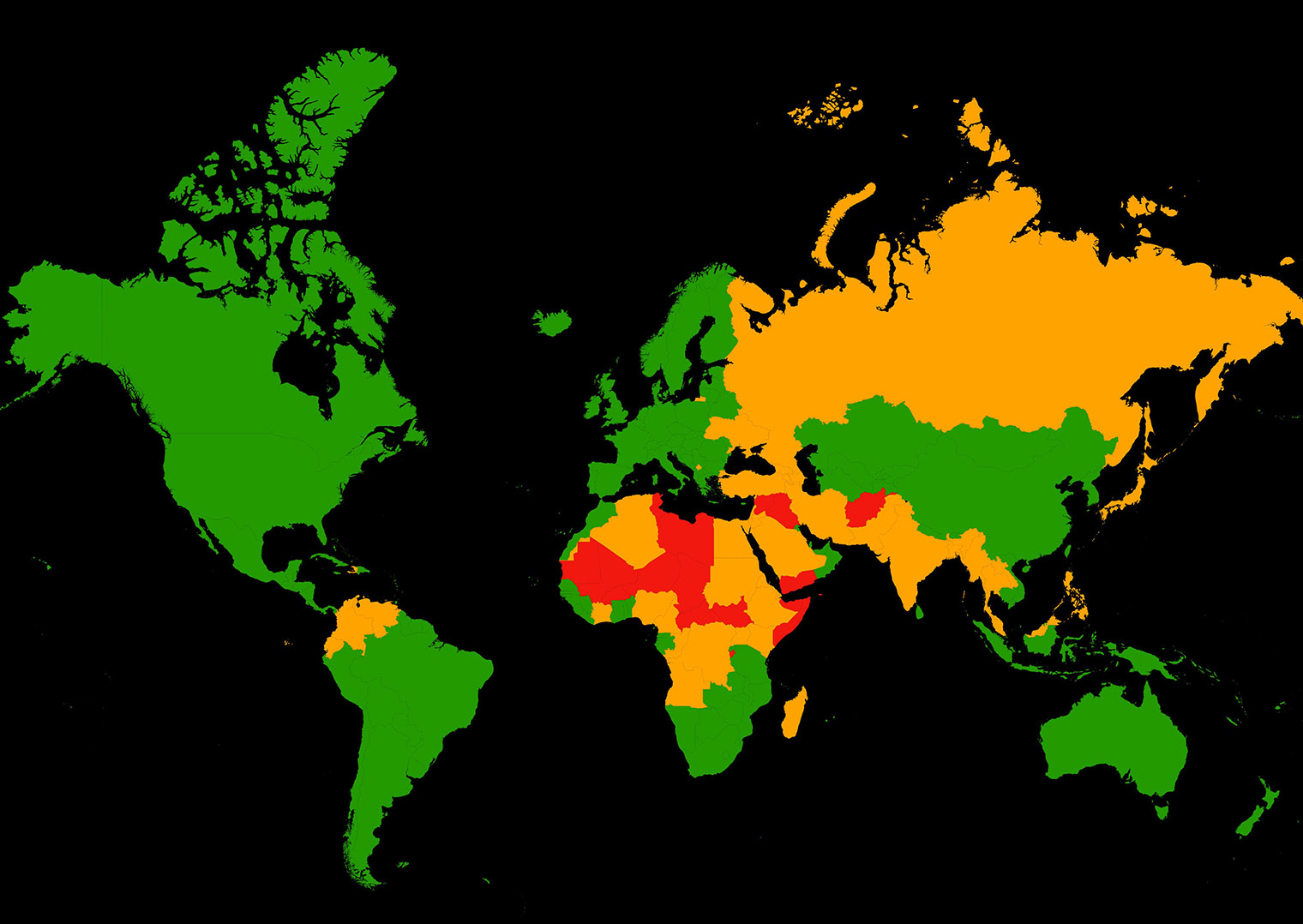 Indy 100/Louis Doré/CartoDB
Indy 100/Louis Doré/CartoDB
The most dangerous countries are in Africa and Asia, according to the map.
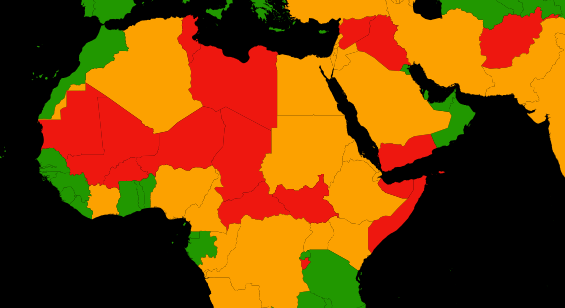 Indy 100/Louis Doré/CartoDB
Indy 100/Louis Doré/CartoDB
The map assesses the danger of a country based on the perception of terrorism and corruption in them.
But it's important to remember that it's reductive to describe countries simply in terms of their "danger" to foreign visitors.
Take the Middle East in general. Americans' perception of the region is problematic and is based on news and media depictions, such as those of suicide bombings at the Ataturk International Airport in Istanbul and a terrorist attack in Baghdad.
It's also easy to forget that Westerners once viewed the Middle East, North Africa and other non-European destinations as exotic, mysterious, and adventurous places to visit (a vestige of the colonial-era stereotypes of "Orientalism.").
You can sense that from these vintage travel ads.
 Pinterest - pinterest.com
Pinterest - pinterest.com
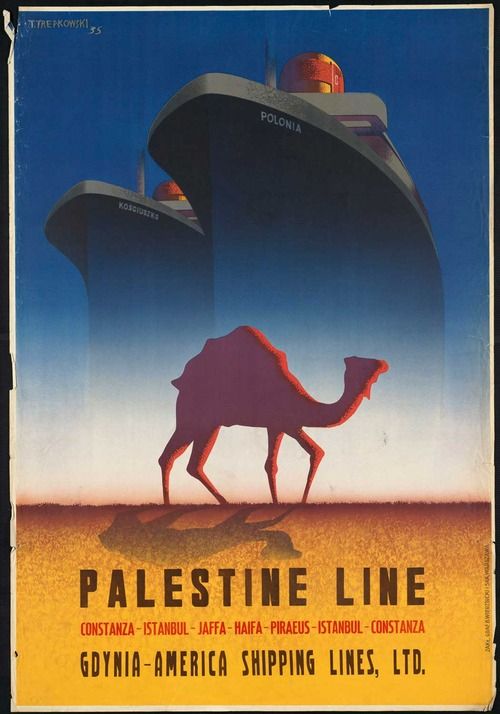 Pinterest - pinterest.com
Pinterest - pinterest.com
 Pinterest - pinterest.com
Pinterest - pinterest.com
 Pinterest - pinterest.com
Pinterest - pinterest.com
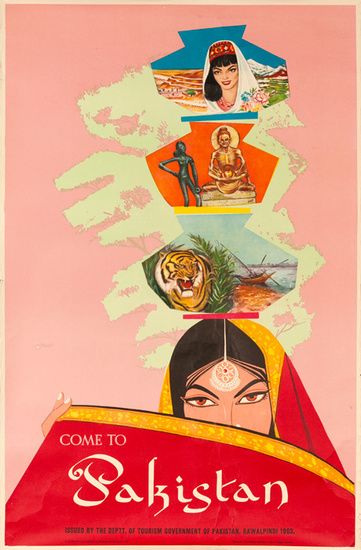 Pinterest - pinterest.com
Pinterest - pinterest.com
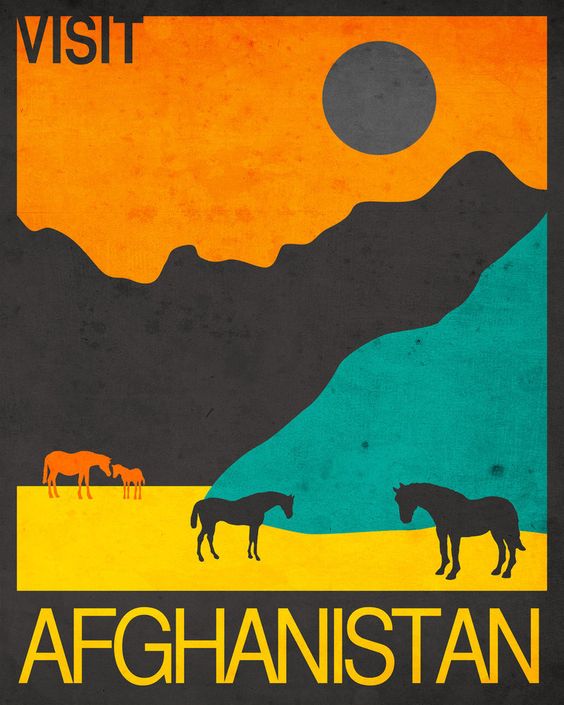 Pinterest - pinterest.com
Pinterest - pinterest.com
But what about reality? You can catch a glimpse of how these place actually were decades ago.
The Tumblr blog Zamaaan curates a crowd-sourced visual archive of the Arab world and the region at large as an antidote to skewed perceptions of outsiders.
"The more submissions and stories we collect, the more impact we can have in shaping perceptions about the region," the site said.
 Zamaan - tumblr.com
Zamaan - tumblr.com
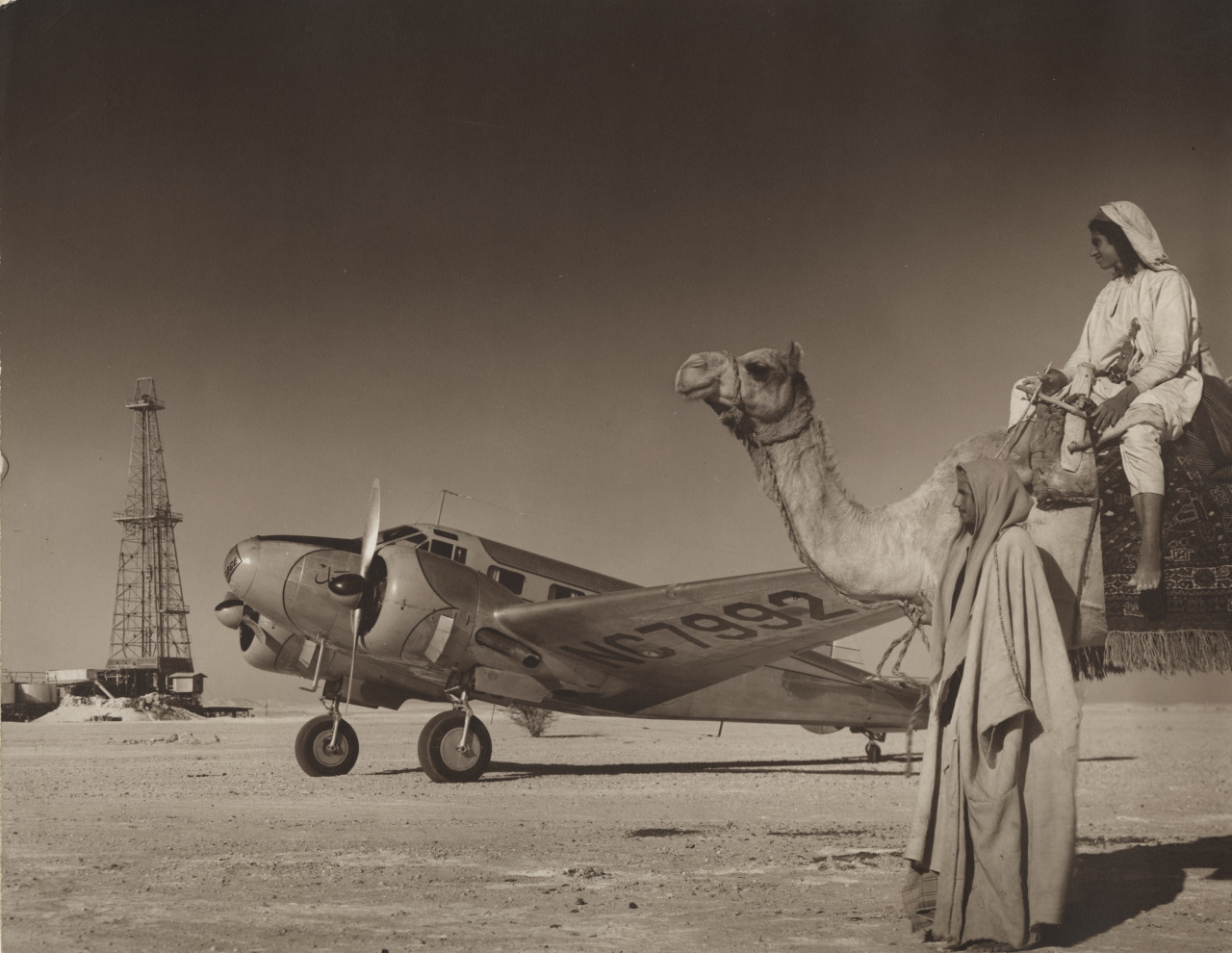 Zamaan - tumblr.com
Zamaan - tumblr.com
 Zamaaan - tumblr.com
Zamaaan - tumblr.com
 Zamaaan - tumblr.com
Zamaaan - tumblr.com
Amnesty International has posted images of women in Afghanistan to illustrate a history of women's rights in the country.
Americans who assume that the country is dominated by the Taliban will find these images surprising.
 Amnesty International - org.uk
Amnesty International - org.uk
William Podlich, an amateur photographer and professor at Arizona State University, has also posted images from the Afghani capital, Kabul, from the late 1960s, when he taught there for two years while working with UNESCO.
Podlich's daughter, Peg Podlich, put the images in perspective for The Denver Post in 2013:
“When I look at my dad’s photos, I remember Afghanistan as a country with thousands of years of history and culture,” recalls Peg Podlich. “It has been a gut-wrenching experience to watch and hear about the profound suffering, which has occurred in Afghanistan during the battles of war for nearly 40 years. Fierce and proud yet fun-loving people have been beaten down by terrible forces.”
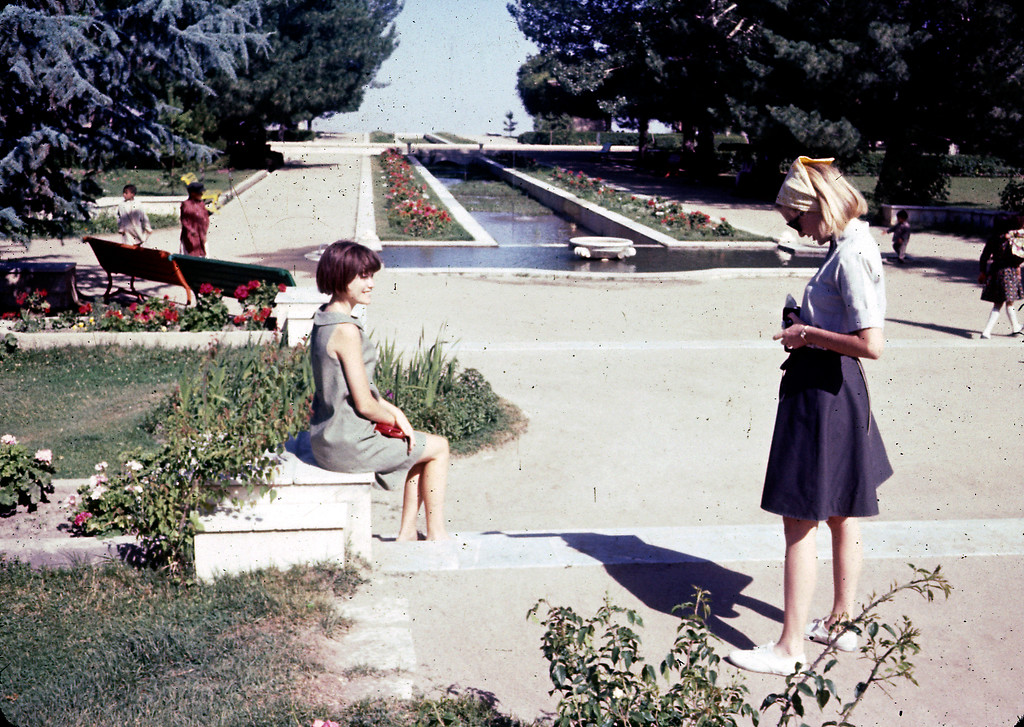 Dr. William Podlich
Dr. William Podlich
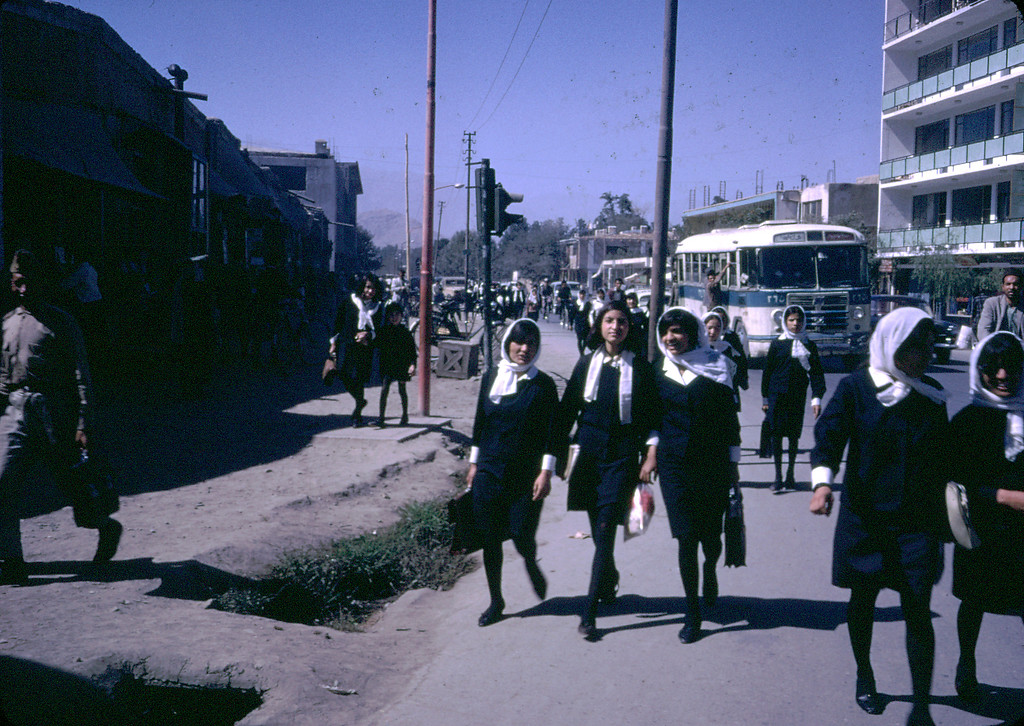 Dr. William Podlich
Dr. William Podlich
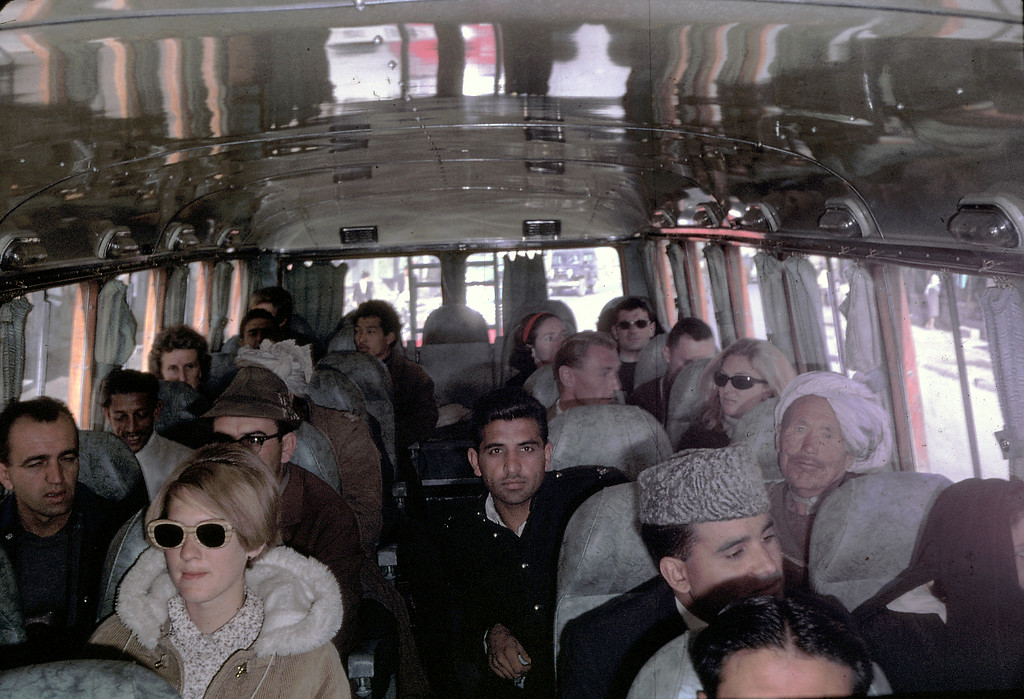 Dr. William Podlich
Dr. William Podlich
These photos show the reality and history of countries and places designated as "dangerous."
They should help us all realize that there's more to them than we assume.
[h/t Business Insider]
